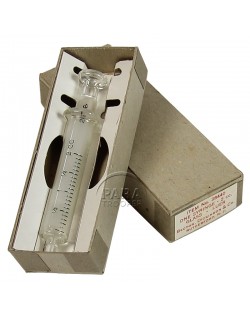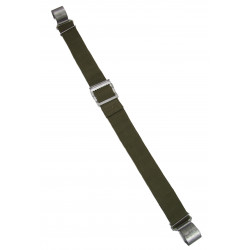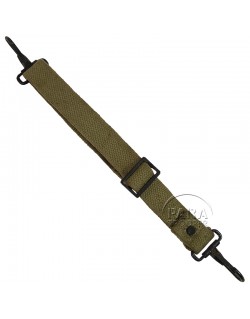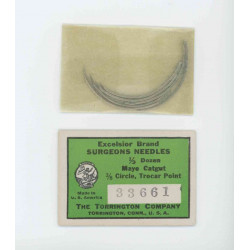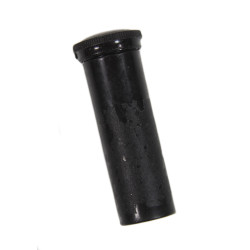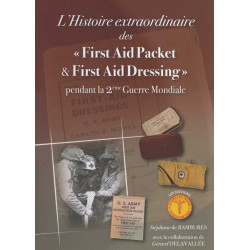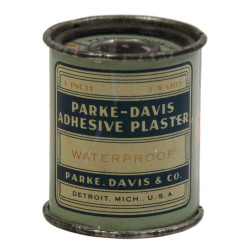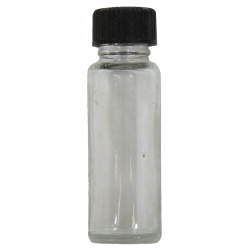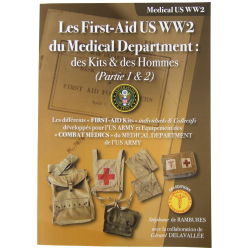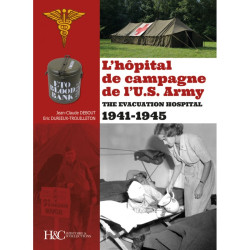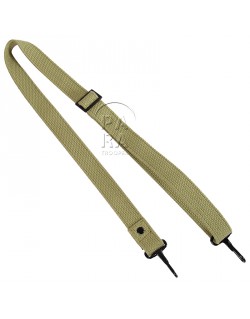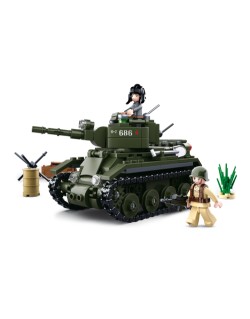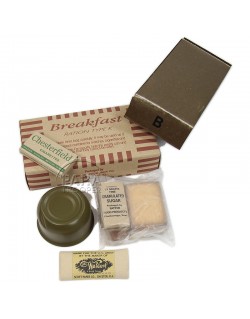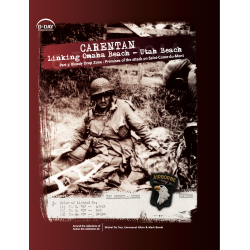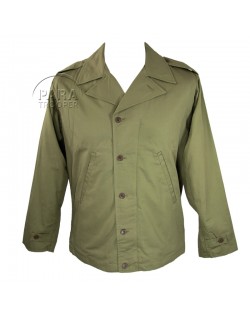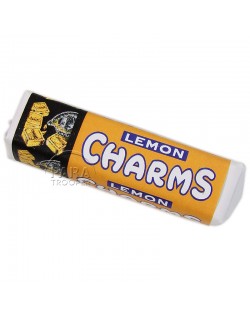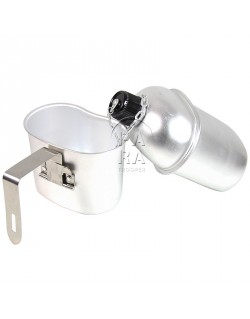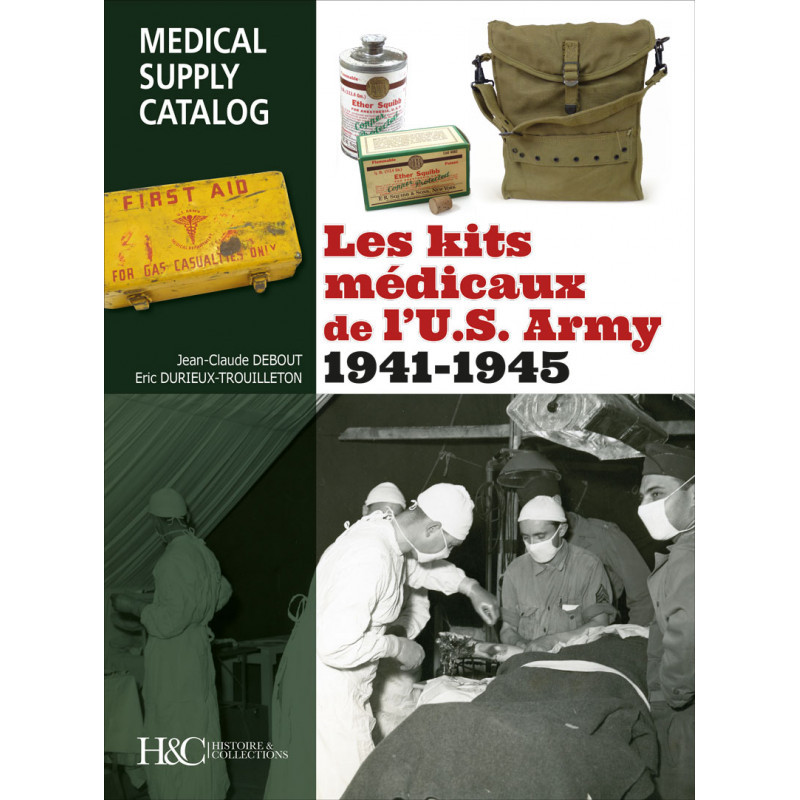









Les kits médicaux de l'U.S. Army 1941-1945
FRENCH VERSION ONLY
Les kits médicaux de l'U.S. Army 1941-1945
Dès leur entrée en guerre en 1941, les États-Unis ont déployé une énergie considérable et engagé un budget colossal pour équiper les troupes combattantes, afin de les envoyer sur le front dans les meilleures conditions.
Le service de santé a profité de cette modernisation pour développer de nouveaux moyens. Cette évolution s’est attachée à rendre le soutien sanitaire plus efficient et ainsi gagner en rapidité pour sauver le maximum de vies. Pour ces missions, l’US Army Medical Department dispose de ses propres matériels et produits consommables, référencés dans le Medical Supply Catalog, dont la présentation du livre s’inspire. Parmi ces milliers d’objets, le présent ouvrage détaille les ensembles et trousses médicales, chirurgicales, dentaires, orthopédiques, ORL, des soins aux gazés, pour le combat de jungle, etc.
Version française, pages couleurs.





